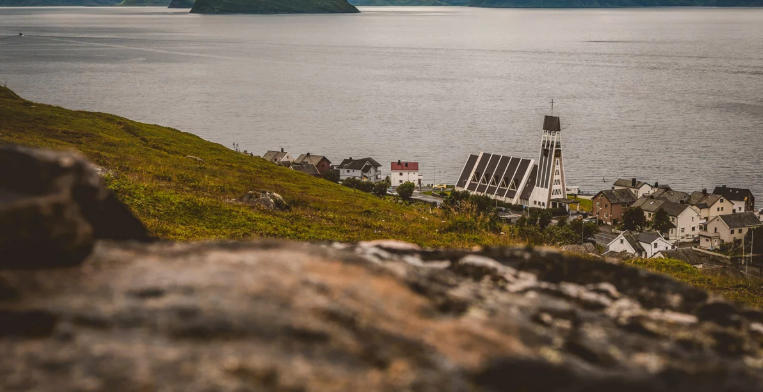How Geography Shapes Norway’s Fishing Villages
Norway is renowned for its breathtaking landscapes, and the unique geography of the country plays a crucial role in shaping its fishing villages. The interplay between mountains, fjords, and coastlines has not only influenced the lifestyle of the locals but has also determined the fishing industry’s prosperity. Understanding these geographical elements sheds light on the cultural and economic significance of fishing in Norway.
The Impact of Fjords on Fishing Culture
Norway’s coast is dotted with deep fjords, which are narrow inlets bordered by steep cliffs. These natural formations create sheltered waters that are ideal for various fish species. The fjords serve as nurseries for young fish, providing a rich habitat for local fisheries. In many fishing villages, the fjords have historically been the lifeblood of the economy, with communities relying on the abundant marine life for their livelihoods. The accessibility of these waters encourages local fishers to maintain traditional fishing practices, passing down knowledge and skills from generation to generation.
Coastal Geography and Fishing Strategies
The rugged coastline of Norway, featuring numerous islands and archipelagos, presents both challenges and opportunities for fishing villages. This diverse landscape allows for a range of fishing strategies, from small-scale artisanal fishing to larger commercial operations. Villagers often adapt their techniques based on the seasonal availability of specific fish, such as cod and herring. Furthermore, the varying depths and currents along the coastline provide different ecosystems, attracting a mix of species that contribute to the richness of Norwegian seafood. This geographical diversity fosters innovation in fishing methods and creates a dynamic seafood market.
Climate and Seasonal Variations
Norway’s location influences its climate, which directly affects fishing patterns. The country experiences a mix of temperate and Arctic conditions, resulting in distinct seasonal changes. During winter, harsh weather can limit fishing activities, while mild summers often bring an influx of fish to the shallower waters. Fishing villages adapt by planning their activities around these seasonal variations, ensuring that they make the most of the unique opportunities each season presents. Local knowledge of weather patterns and migratory fish behaviors is vital, helping communities sustain their fishing traditions amid changing climate conditions.
Conclusion
The geography of Norway shapes not only the landscape but also the way life unfolds in its fishing villages. From the protective fjords to the rugged coastline and the influence of climate, each element plays a significant role in defining a culture that is deeply rooted in the sea. If you are interested in exploring more about the fascinating relationship between geography and fishing traditions in Norway, consider visiting these villages and experiencing their stories firsthand. Embrace the adventure of learning how they navigate the waters and cultures that have shaped their way of life.

